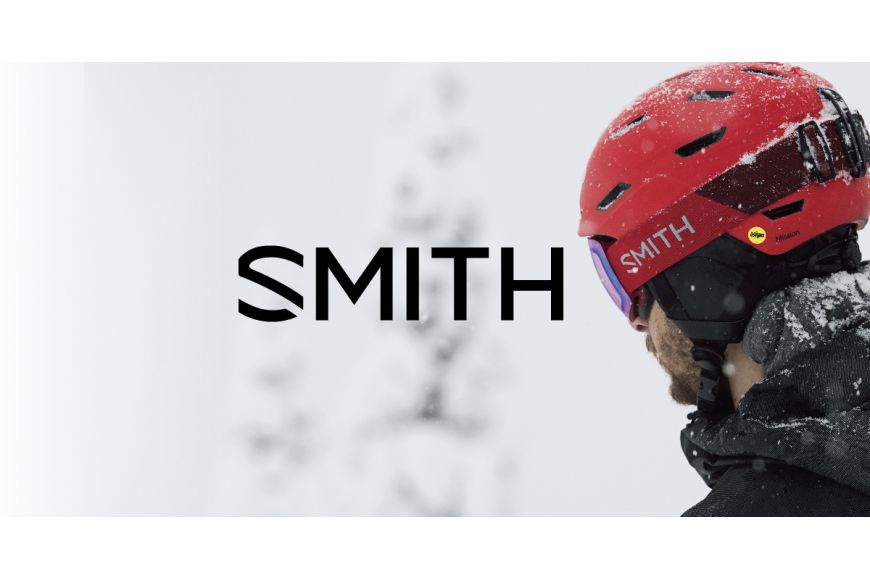
WHY WEAR A HELMET?
HELMET TECHNOLOGIES
WHEN TO BUY A NEW HELMET?
HOW TO CHOOSE YOUR HELMET?
Look for the safety label
A certification label from the US Consumer Product Safety Commission (CPSC 1203) or the American Society for Testing and Materials (ASTM-2040) means that the helmet has been tested and meets the federation's safety standards for North American consumers. Consumers using helmets in Europe or around the world. Make sure your helmet carries the certification labels (CE EN -1077) (CE EN -1078).
Ensure a good fit
Your helmet must fit properly. Improperly adjusted helmets may not stay on your head in a collision. An improper fit will reduce the effectiveness of the helmet.
The right size helmet should:
- be adjusted with your head partially compressing the lining inside even without tightening the straps.
- be comfortable, not too tight
- Don't move by yourself when you shake your head.
- Integrates well with your glasses and goggles
Check ventilation
A helmet that allows air to circulate allows for cooler riding and prevents sweating. Some helmets have adjustable vents to allow you to adjust your airflow level.
Make sure you like it
No helmet is effective if it never leaves your closet. Choose a helmet that you will wear with pride on the slopes.
HOW DO YOU TAKE CARE OF YOUR HELMET?
Your helmet takes care of your head, so you should take care of it. Although it is designed to resist blows, your helmet is not impervious to age, the elements, or odour. Here's how to keep it in shape and possibly extend its useful life.
After each use: Dab the inside of your helmet with a cloth or towel to remove excess perspiration.
Storage: Place your headset in its carrying case and store it in a cool, dry place. Do not leave your headset in your car, as excessive heat can compromise its ability to absorb shock.
Cleaning: The headset should be cleaned with water, mild soap and a clean, soft cloth. Air dry only. Under no circumstances should solvent-based products such as ammonia or acid be used. Petroleum products, cleaning products, paints and adhesives can damage the helmet without the damage being visible.
Replacement: Your helmet is a unique piece of equipment. If you have been in an accident (singular), go to a local sporting goods store to have your helmet inspected or see the link (Smith accident replacement link).
SMITH look |
Compass SMITH |
Maze Ad Mips SMITH |
Mirage SMITH |
Quantum MIPS SMITH |
|
 |
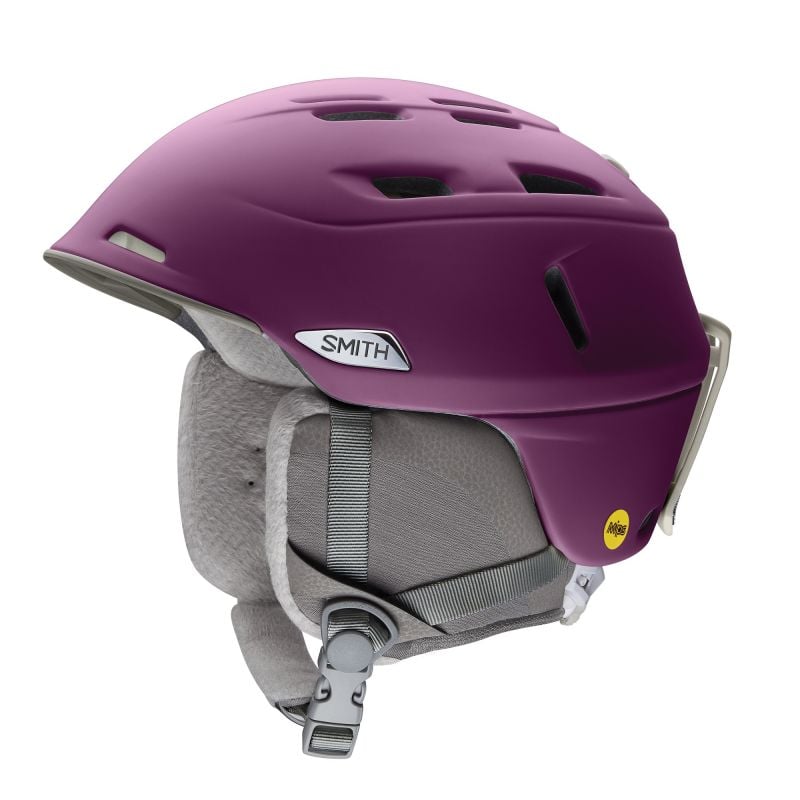 |
 |
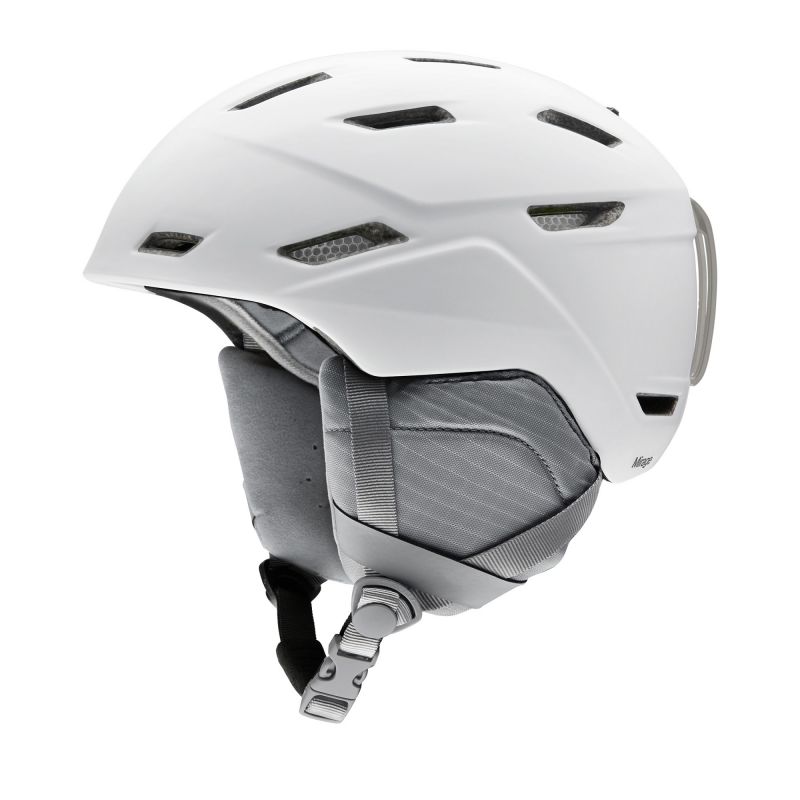 |
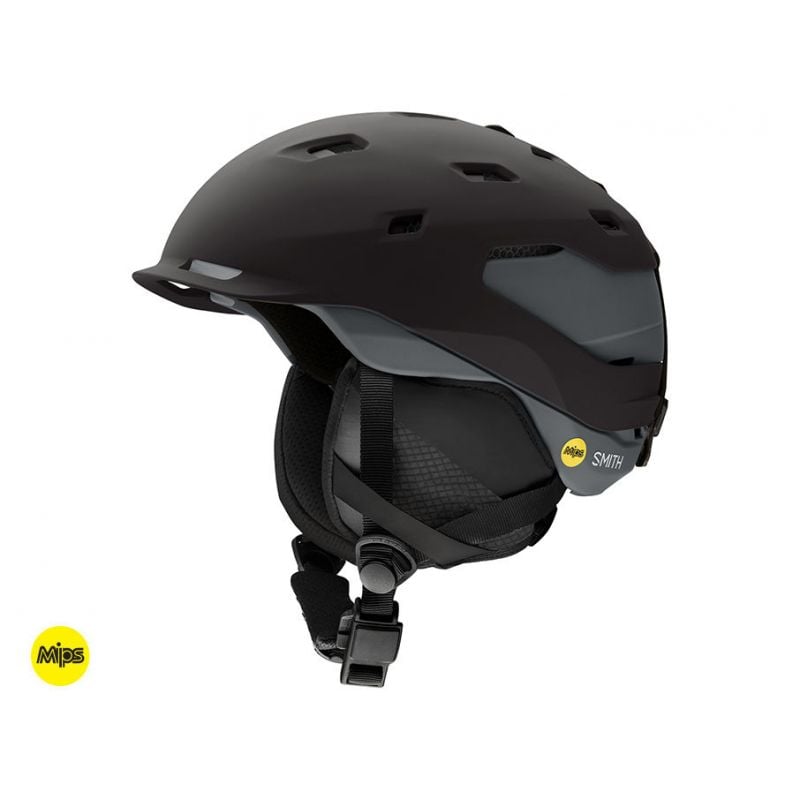 |
|
| 79€ | 139€ | 129€ | 99€ | 299€ |


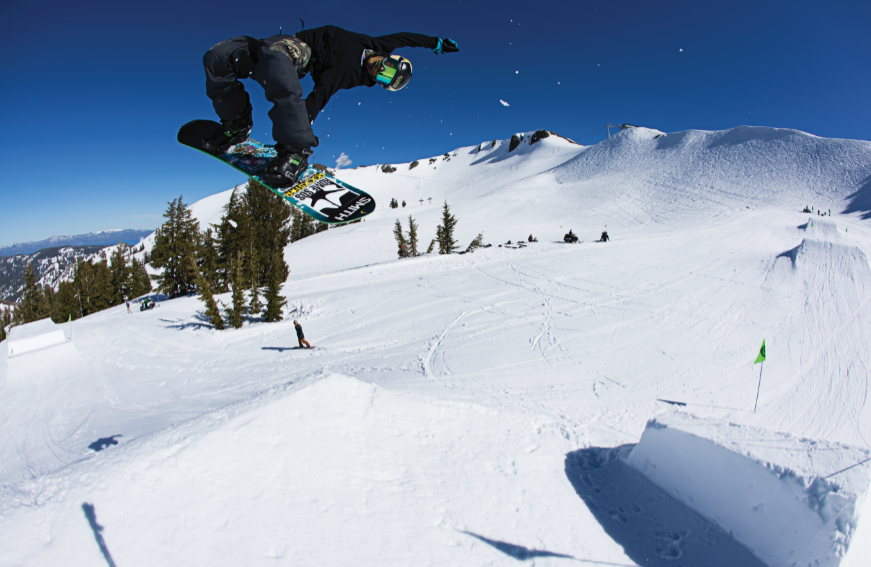
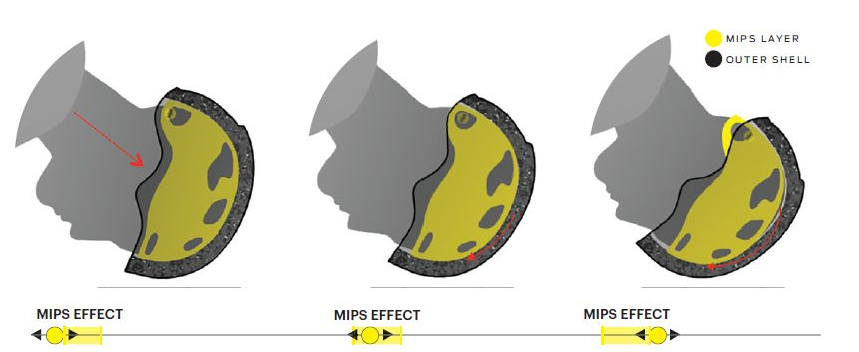
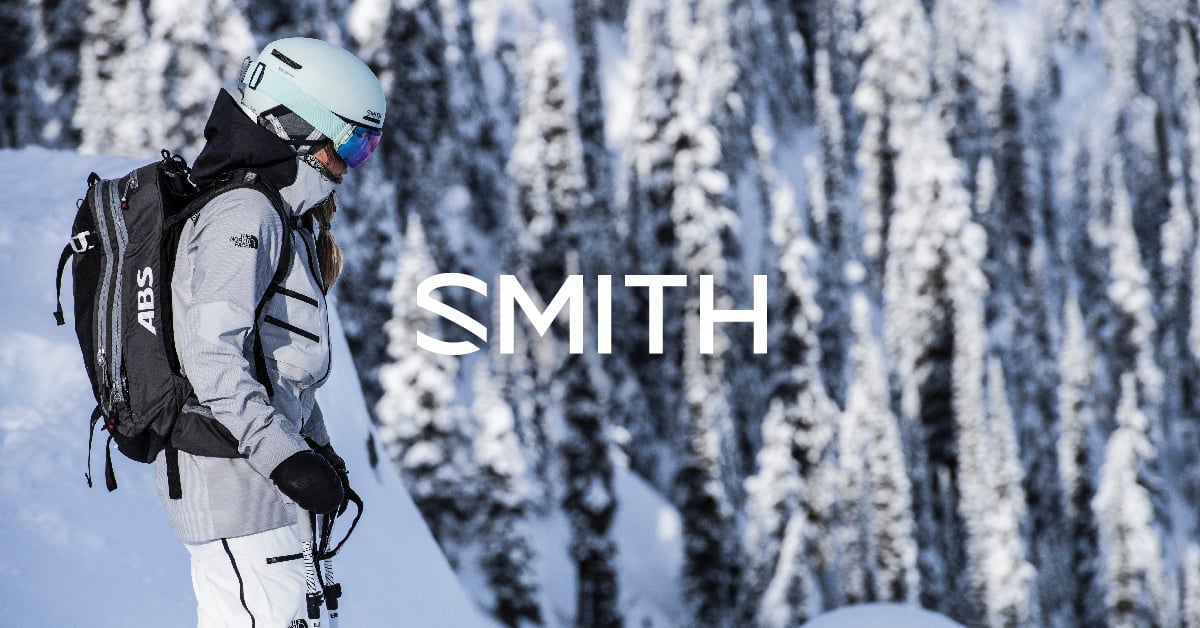

Leave a Reply
All fields are required